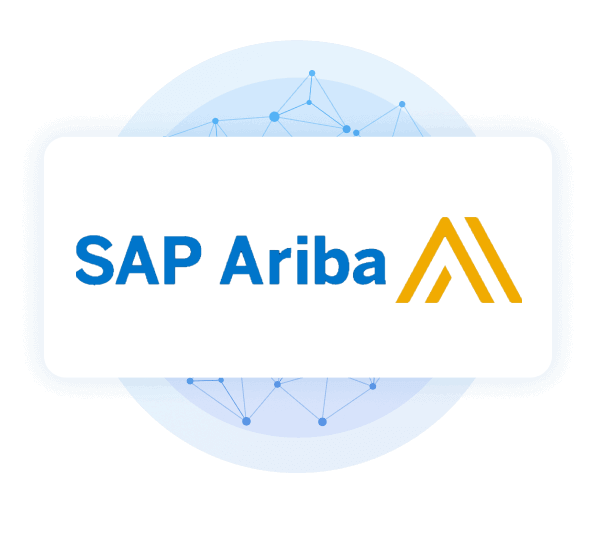Discover how a bimodal integration strategy can address the major data management challenges facing your organization today.
Get the Report →CData Software - Knowledge Base
Latest Articles
- Replicate Data from Multiple Files in an Amazon S3 Bucket Using CData Sync
- Replicate Data from Multiple Local Files Using CData Sync
- Driver Guide: Marketing Analytics Predefined Reports
- Displaying Data from Related Tables Using Angular with Connect Server
- Deploying CData Sync in a Kubernetes Environment
- Excel Add-In Getting Started Guide
Latest KB Entries
- Jetty Security Notice Overview
- Upsert Salesforce Data Using External Id in SSIS
- NuGet Repository Overview
- SAP Drivers Overview
- Embedded Web Server (.NET) - Potential Medium Security Vulnerability
- Configuring Incremental Replication in CData Sync
ODBC Drivers
- [ article ] Import Google Spreadsheets data into FileMaker Pro
- [ article ] Access SAP Tables and SAP Queries using CData SAP ...
- [ article ] Using CData ODBC Drivers in Mac & Linux/Unix ...
- [ article ] Use the CData ODBC Driver for NetSuite in ...
JDBC Drivers
- [ article ] Standards-Based Access to NoSQL Data Sources
- [ article ] Using CData JDBC Drivers in ColdFusion
- [ article ] Use CloverDX (formerly CloverETL) and CData JDBC ...
- [ article ] A Comparison of Database Drivers for SQL Server
SSIS Components
- [ kb ] How to Replicate Data Between MySQL and SQL Server ...
- [ article ] SSIS Components Getting Started Guide
- [ kb ] SSIS Components: Source Output ColumnName Does Not ...
- [ article ] Transfer Google Contacts to Dynamics CRM
ADO.NET Providers
- [ article ] Accessing QuickBooks with Entity Framework 6
- [ kb ] Troubleshooting Common Licensing Issues
- [ article ] Using the CData Data Providers with the DevExpress ...
- [ article ] Accessing Website Data Using ADO.NET
BizTalk Adapters
- [ article ] Configure a Solicit-Response Send Port for the ...
- [ article ] Configuring a Receive Location for the CData ...
- [ article ] Configure a One-Way Send Port for the CData ...
- [ article ] How to Generate Updategrams with the CData BizTalk ...
Excel Add-Ins
- [ article ] Update Multiple Invoices using the CData Excel ...
- [ article ] Transfer data from Excel to QuickBooks using the ...
- [ article ] Start and Stop Windows Services Using the CData ...
- [ article ] Bill an Invoice with the CData Excel Add-In for ...
API Server
- [ article ] Displaying Data from Related Tables Using Angular ...
- [ article ] Launch the API Server AMI on Amazon Web Services
- [ article ] Host the API Server on Azure
- [ article ] Building Dynamic D3.js Apps with Database Data
Data Sync
- [ article ] Launch the CData Sync AMI on Amazon Web Services
- [ article ] Supporting CDC from a Oracle Multitenant ...
- [ article ] Use CData Sync to Replicate Data to Amazon S3
- [ kb ] Connect/Disconnect the QuickBooks Online Products
Windows PowerShell
- [ article ] Import QuickBooks Online Data to QuickBooks ...
- [ article ] Start and Stop Windows Services Using the CData ...
- [ article ] Reconciling Authorize.net Transactions with ...
- [ article ] Query Google Calendars, Contacts, and Documents ...






